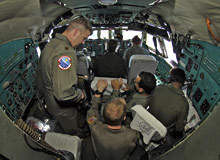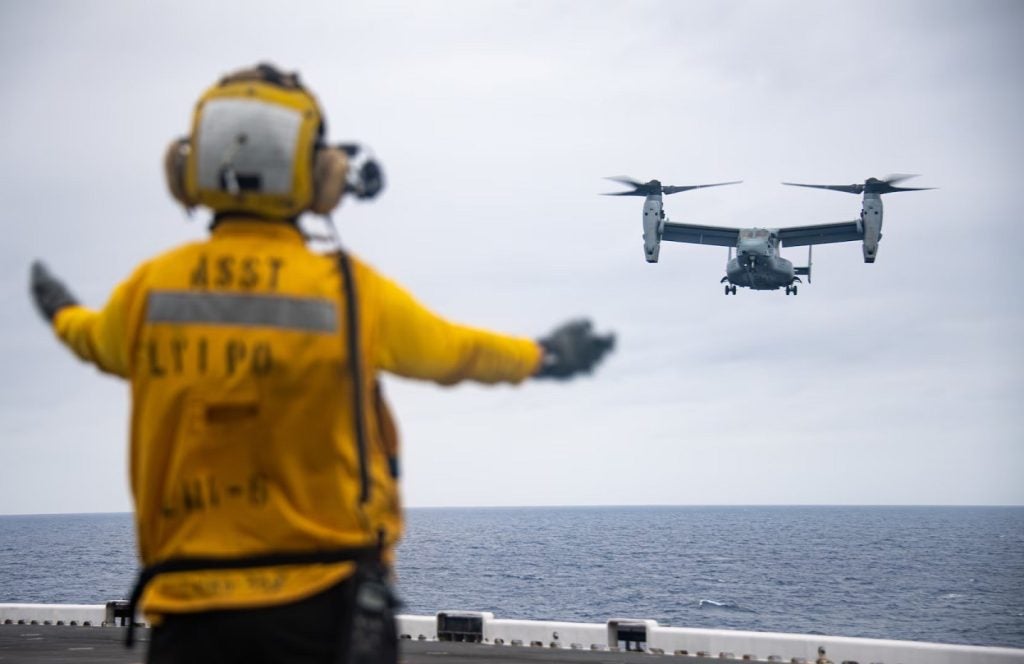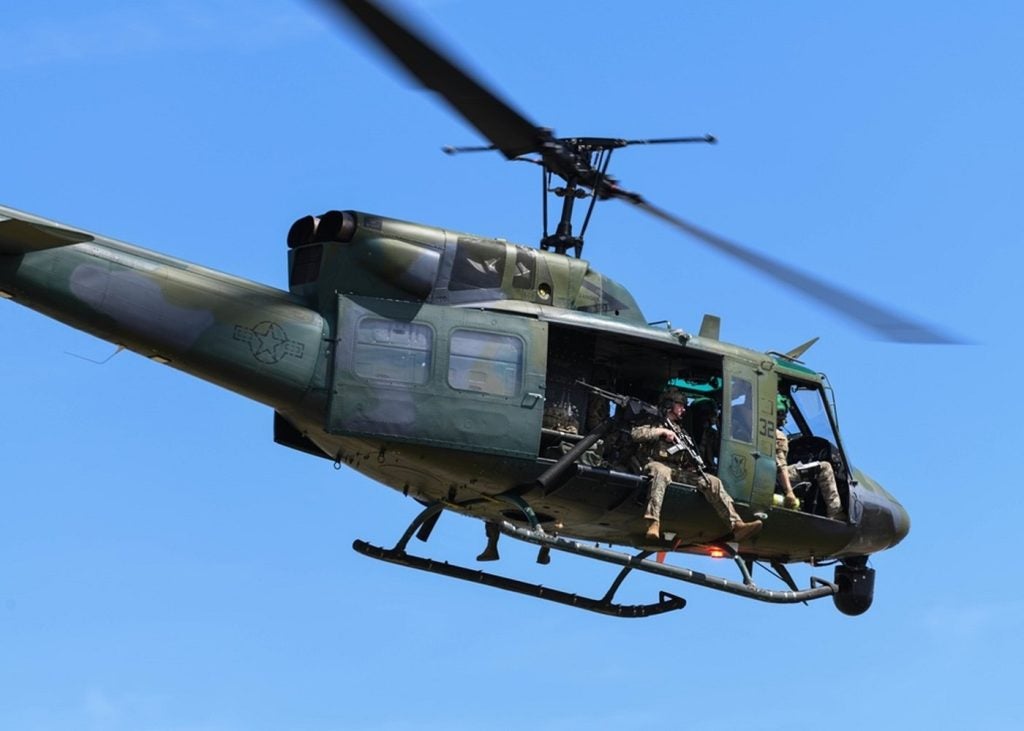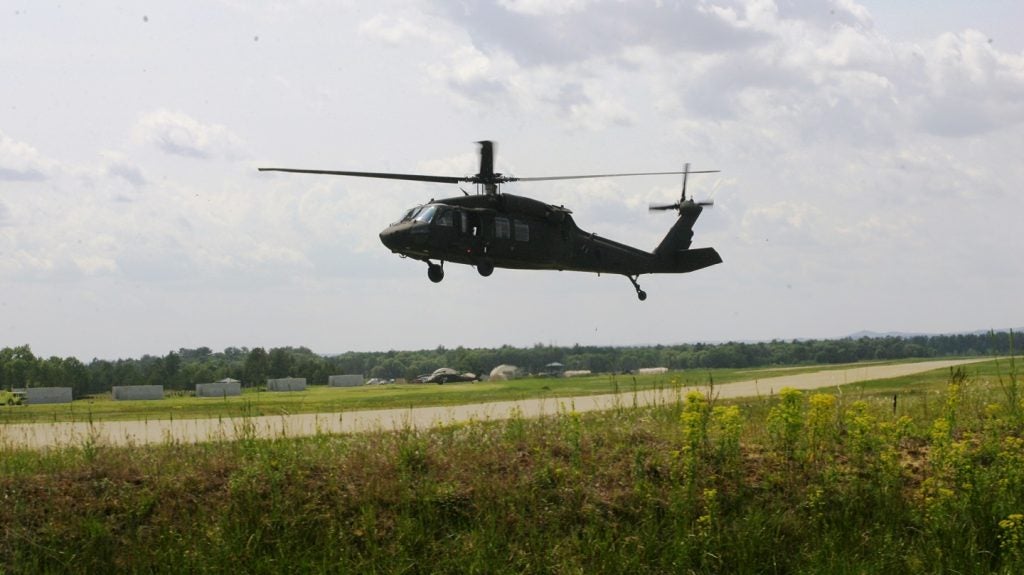
One of the key concerns of designing an air force plane cockpit is safety. The layout of the displays, including controls designed to increase a pilot’s situational awareness, and the inclusion of time-saving mechanisms are essential.
A cockpit mostly comprises control panels, a joystick, oxygen mask, ejection seat, cockpit hood and instrument panel. Although electronic displays have replaced the instrument panels of old, and technology has replaced manual safety checks, human input is still vital. Below are some of the most important tools and processes used to enhance cockpit safety today.
The onboard computer
In this era of advanced technology, a modern cockpit uses onboard computers to significantly reduce the workload of the pilot. The computer relieves the pilot of the bulk of the system manipulations associated with flying using a head-up display. The display offers a wide field of view and uses standardised symbology. This in turn gives the pilot more time to focus on flying the plane.
Faster ejection
See Also:
Ejection seats are not new, but today’s military planes are equipped with ejection seats that allow the pilot to eject even when the aircraft is at zero altitude (ground level) and zero velocity. A larger oxygen bottle also gives the ejecting pilot greater air supply to support ejection at higher altitudes.
How well do you really know your competitors?
Access the most comprehensive Company Profiles on the market, powered by GlobalData. Save hours of research. Gain competitive edge.

Thank you!
Your download email will arrive shortly
Not ready to buy yet? Download a free sample
We are confident about the unique quality of our Company Profiles. However, we want you to make the most beneficial decision for your business, so we offer a free sample that you can download by submitting the below form
By GlobalDataOn B-1 bombers, the entire cabin, carrying all four crew, is used for ejection in place of a single ejection seat. The cabin is a sort of single capsule the size of a mini van. After jettisoning, the crew remains strapped in the cabin. Multiple parachutes are then used to bring the capsule down. On landing, an airbag system provides cushioning for impact.
Know your plane
Accidents can occur when modifications are made to a plane, especially when the implications have not been properly mapped. Always consider the effect any change you make to the cockpit could have on the plane, and the pilot flying it.
CRM for pilots
Activities in the cockpit are managed through a cockpit resource management system. Through this system, the pilot makes optimum use of all the available resources in the cockpit. These resources include equipment, procedures, people and so on.
Despite all the modern technologies available to pilots and crews, maximum effort should still be focused on interpersonal communication, leadership qualities and quick decision skills. These are paramount to cockpit safety.
Training is one way of harnessing this in pilots and crew. The more training you have, the more confidence will be instilled for the efficient management of various tools in the cockpit, reducing the possibility of human error.







